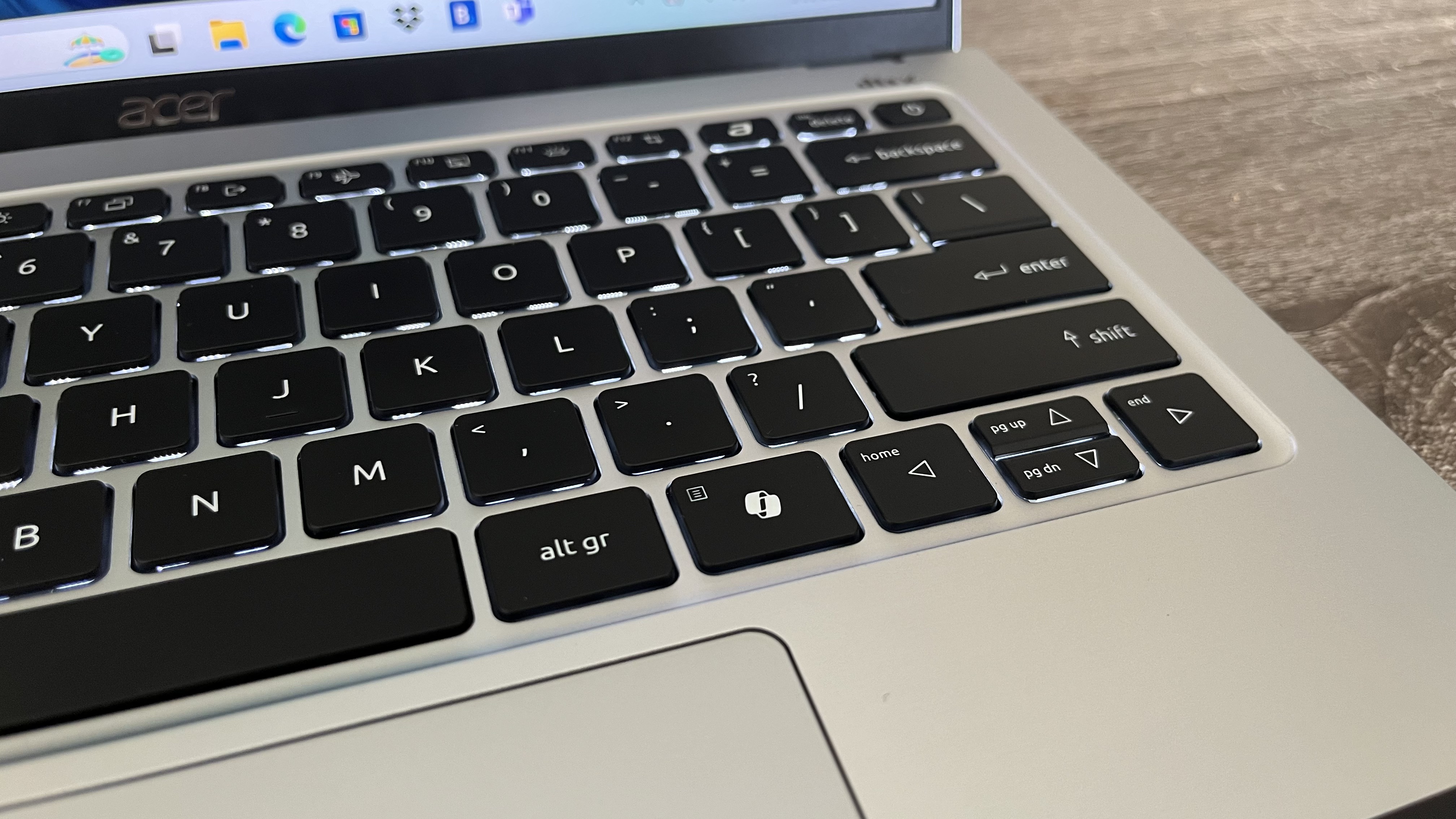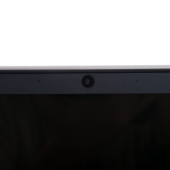Windows 11 is set for a change to the Start menu that’s not been popular in preview, and will surely be even less popular when it makes its full debut in Microsoft’s operating system next week.
The change in question involves a new account manager section that’s been added to the Start menu – though I say added, but the real controversy isn’t so much its addition as the fact that it replaces existing functionality that’s more useful. (Well, not so much replaces as hides, and we’ll come back to that).
Currently, this is part of the most recent preview update (for June, KB5039302 – that packed a nasty bug, incidentally), but that will become the cumulative update for July very soon (next week, in fact, on July 9 which is ‘Patch Tuesday’).
Microsoft explains in a support document for KB5039302: “This update starts the rollout of the new account manager on the Start menu. When you use a Microsoft account to sign in to Windows, you will get a glance at your account benefits. This feature also makes it easy to manage your account settings.”
Windows Latest has experienced the move first-hand, pointing out the differences between how the Start menu acts right now, and how it’ll change next week (in theory).
So, the change is being applied to your profile picture and name, displayed bottom-left of the Start menu. Currently when clicked, this pops up a small menu of options that allow the user to sign out, lock the PC (basically some of the shortcuts you’ll see on the CTRL+ALT+DEL screen).
This has become a new panel which instead gives you Microsoft Account-related settings and reminders, plus info on Microsoft services like OneDrive or Microsoft 365.
As Windows Latest further observes, though, you’ll get prompts about the likes of Microsoft 365 whether you subscribe or not – in fact, part of the drive here is to persuade you to take out a subscription, as a link is provided to discover all the ‘benefits’ of Microsoft 365.
The old functionality hasn’t been entirely replaced here, though, as there’s still a three-dot menu in the top-right corner of the new panel, and clicking this brings up the old options to sign out, lock and so forth.

Analysis: Make your opinion known
There are two levels of annoyance here. Firstly, while said sign out options are still present, they’re hidden away, buried a further level down in the menu system so an extra click is required to access them. (Indeed, less observant Windows 11 users may not even notice the three-dot icon).
And secondly, as complainers on Microsoft’s Feedback Hub have pointed out, they don’t want any more Microsoft Account-related shenanigans in Windows 11’s interface. Especially not additions that are another form of adverts, such as pointing out the benefits of Microsoft 365.
Sadly, Microsoft seems to be adding these kinds of ‘recommendations’ all over Windows 11 currently, and this is just another example. What’s particularly surprising for me is that I saw this change in testing in the Dev channel, but suddenly it seems to have leapt to the release version of Windows 11.
Or it will do if Microsoft includes it in the cumulative update for Windows 11 due next week, which seems highly likely. Unless enough people raise objections – so you might want to do your bit on that front if you feel as strongly as I do about this continued messing with the Start menu, or other key parts of the interface like the Settings app, that Microsoft seems increasingly obsessed with.
Note that not all Windows 11 users will see this change straightaway with the July update – if indeed the move does go live as planned – because Microsoft is rolling this one out gradually.
It’s coming, though, unless Windows 11 users can change the software giant’s mind, and as one complainant points out, Microsoft could make one easy switch to alleviate some of the pain here: namely leaving the existing options on the bottom of the new panel, instead of shifting them a layer down the interface, hidden away.


 Businesses need webcams to conduct remote meetings and online conferences, but these devices can also pose a significant security risk if not properly protected. It’s therefore important to be proactive in securing your webcam to prevent any potential breaches of confidentiality and sensitive information. This guide will provide comprehensive steps on how to secure your webcam on Windows computers.
Businesses need webcams to conduct remote meetings and online conferences, but these devices can also pose a significant security risk if not properly protected. It’s therefore important to be proactive in securing your webcam to prevent any potential breaches of confidentiality and sensitive information. This guide will provide comprehensive steps on how to secure your webcam on Windows computers. Webcam hacking has become a serious issue in recent years. Hackers can gain access to your webcam without your knowledge, allowing them to monitor your activities, record private conversations or take compromising photos or videos. This invasion of privacy can have devastating consequences for individuals and businesses alike. Fortunately, there are many settings and countermeasures on Windows devices that can safeguard your webcam from potential threats.
Webcam hacking has become a serious issue in recent years. Hackers can gain access to your webcam without your knowledge, allowing them to monitor your activities, record private conversations or take compromising photos or videos. This invasion of privacy can have devastating consequences for individuals and businesses alike. Fortunately, there are many settings and countermeasures on Windows devices that can safeguard your webcam from potential threats. Webcams are a staple feature in modern computing devices, allowing users to connect with others through video calls, conferences and live streaming. While these built-in cameras offer convenience and connectivity, they may also pose a threat to digital privacy. Here’s a quick guide to help you secure your webcam and protect your privacy.
Webcams are a staple feature in modern computing devices, allowing users to connect with others through video calls, conferences and live streaming. While these built-in cameras offer convenience and connectivity, they may also pose a threat to digital privacy. Here’s a quick guide to help you secure your webcam and protect your privacy.